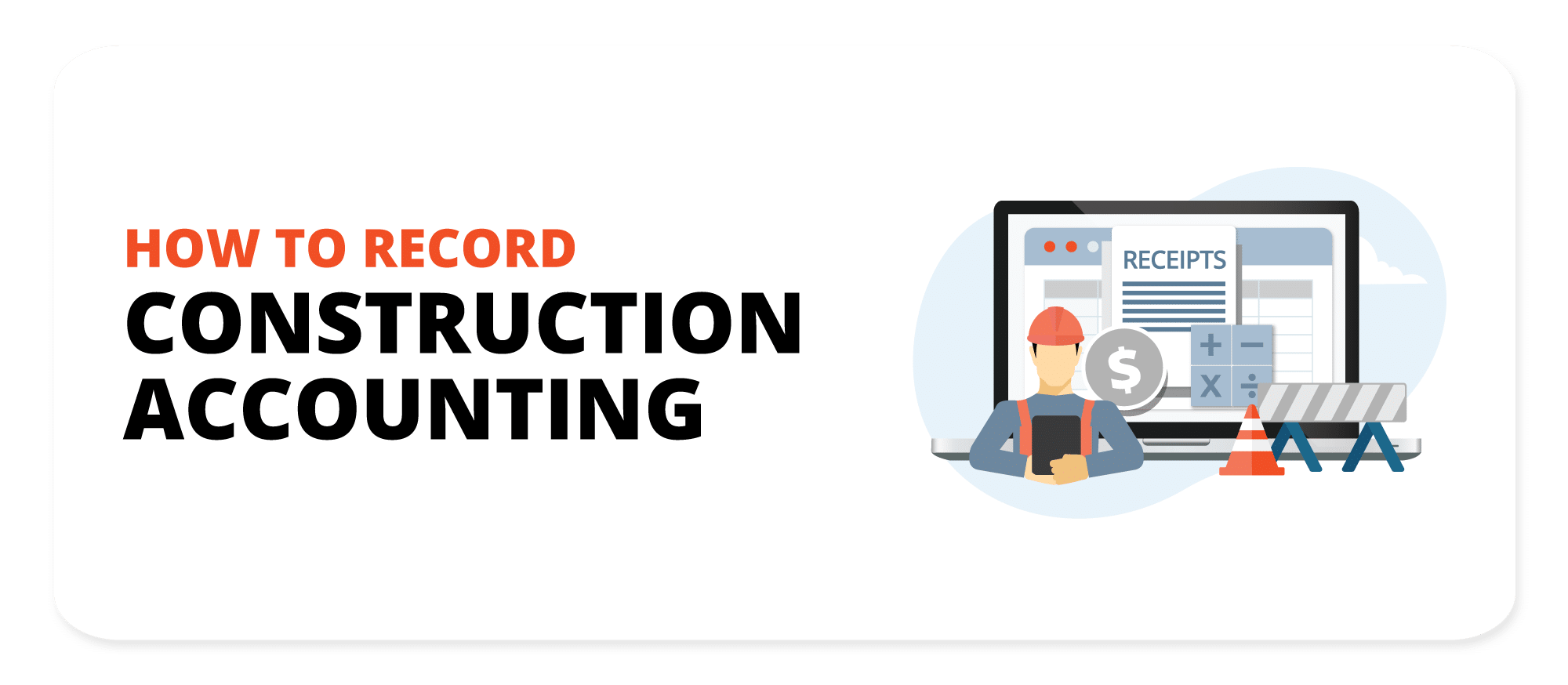Construction Accounting Made Easy: A Newcomer’s Step-by-Step Guide
Construction Accounting Made Easy: A Newcomer’s Step-by-Step Guide
Blog Article
Construction Bookkeeping Made Easy: Techniques for Accurate Financial Tracking
In the facility landscape of building tasks, reliable financial administration is critical for success. Building and construction bookkeeping calls for a nuanced understanding of various monetary metrics and approaches to guarantee accurate monitoring of costs and earnings. By implementing durable budgeting methods and leveraging specialized software program, companies can considerably improve their economic oversight. Lots of companies still battle with keeping accuracy and efficiency in their accounting methods. What certain methods can be employed to link these gaps and transform building bookkeeping right into a structured process? The answer might hold the secret to opening better productivity and operational success.
Understanding Building And Construction Bookkeeping
In the realm of building and construction, recognizing bookkeeping methods is essential for efficient task administration and economic oversight (construction accounting). Building bookkeeping is distinct from standard accounting as a result of its one-of-a-kind difficulties, including project-based financial tracking, intricate expense structures, and the requirement for conformity with different laws. This specialized area highlights the significance of precisely assigning expenses to details tasks, enabling contractors to analyze success and make informed budgeting decisions
Among the primary elements of building and construction accounting is work setting you back, which entails tracking all expenses associated with a specific task. This includes labor, materials, and overhead prices. By maintaining comprehensive documents, building and construction companies can get insights into the financial health and wellness of their projects, identifying possible concerns before they rise.
In addition, construction bookkeeping needs a grasp of development invoicing, which allows specialists to invoice customers based upon the job finished instead of complete project completion. This method improves capital administration and aligns billing with task milestones. Eventually, a strong understanding of building and construction accounting practices equips task supervisors and stakeholders to make tactical choices, making certain the economic security and success of building ventures.
Key Financial Metrics to Track
Tracking vital economic metrics is important for building and construction companies to keep control over their tasks and general business efficiency. Amongst the most important metrics are the Gross Revenue Margin and Web Profit Margin, which provide understanding right into profitability and price administration. The Gross Earnings Margin, determined by deducting the cost of items offered from overall profits, assists evaluate project efficiency.
An additional essential metric is the Existing Ratio, which evaluates a company's capacity to satisfy short-term liabilities with its present possessions. A ratio over 1 suggests monetary security. Additionally, tracking the Accounts Receivable Turnover Proportion can expose exactly how successfully a firm accumulates settlements, with a greater ratio suggesting punctual collections.
Job Costing is likewise essential; it entails evaluating the actual costs incurred versus the allocated prices for certain jobs, enabling companies to determine discrepancies and adjust approaches as necessary. The Stockpile statistics steps the value of job contracted however not yet finished, offering understanding into future earnings capacity.
Effective Budgeting Techniques
Effective budgeting methods are fundamental for building and construction business looking for to maximize task outcomes and maintain financial health. A well-structured spending plan works as a roadmap, directing project managers via the complexities of building and construction costs and source allowance.

Integrate backup allowances right into the spending plan to make up unanticipated expenses, ensuring that tasks stay economically sensible in spite of unpredictabilities. Additionally, include all stakeholders in the budgeting procedure, fostering site here cooperation and boosting liability.
Consistently screen and adjust the budget plan throughout the job lifecycle. Executing a routine evaluation process makes it possible for timely identification of deviations and facilitates rehabilitative actions. Tracking expenditures versus the budget plan in real-time can help reduce price overruns and boost financial performance.
Tools for Financial Administration
Financial monitoring tools are crucial for construction companies intending to streamline their procedures and improve visit profitability. These tools assist manage spending plans, track expenses, and forecast economic performance, supplying vital insights for decision-making.

Along with accounting software application, job administration tools can integrate economic data with job timelines and resource allocation. This combination ensures that financial factors to consider are woven into every stage of task execution, lowering the threat of price overruns.
Cloud-based monetary administration remedies likewise use remote access to financial data, enabling real-time cooperation among stakeholders and enhancing openness. Using analytics tools can assist building and construction companies identify patterns, evaluate risks, and make data-driven decisions for future tasks.
Best Practices for Document Keeping
Precise document keeping is an essential aspect of successful construction accounting, as it ensures that all economic deals are carefully recorded and conveniently available. To accomplish this, building companies need to apply systematic procedures that promote uniformity and accuracy in their monetary records.
Most importantly, adopting electronic record-keeping systems can significantly boost performance. Making use of audit software application especially made for the building and construction industry enables real-time monitoring of expenses, invoicing, and budget plan administration. This not just decreases mistakes yet also helps with less complicated retrieval of information when required.
Consistently updating about his records is vital. Develop a regular for getting in purchases, ideally daily or weekly, to avoid backlog and ensure prompt reporting. Preserving organized paperwork, such as receipts and contracts, in plainly classified folders-- both physical and electronic-- aids streamline audits and support financial analysis.
In addition, performing periodic testimonials of records can reveal discrepancies and locations for enhancement - construction accounting. Training personnel on finest practices and holding them liable for precise record maintaining cultivates a culture of monetary responsibility

Verdict
Finally, efficient building and construction accountancy is necessary for making sure accurate economic monitoring and task earnings. By establishing a clear scope of work, making use of job setting you back approaches, and employing appropriate monetary management devices, building and construction specialists can boost efficiency and decision-making. Partnership amongst stakeholders during the budgeting procedure, incorporated with normal surveillance and changes, further mitigates the risk of cost overruns. Sticking to these techniques and finest techniques eventually adds to the success of construction projects.
Report this page